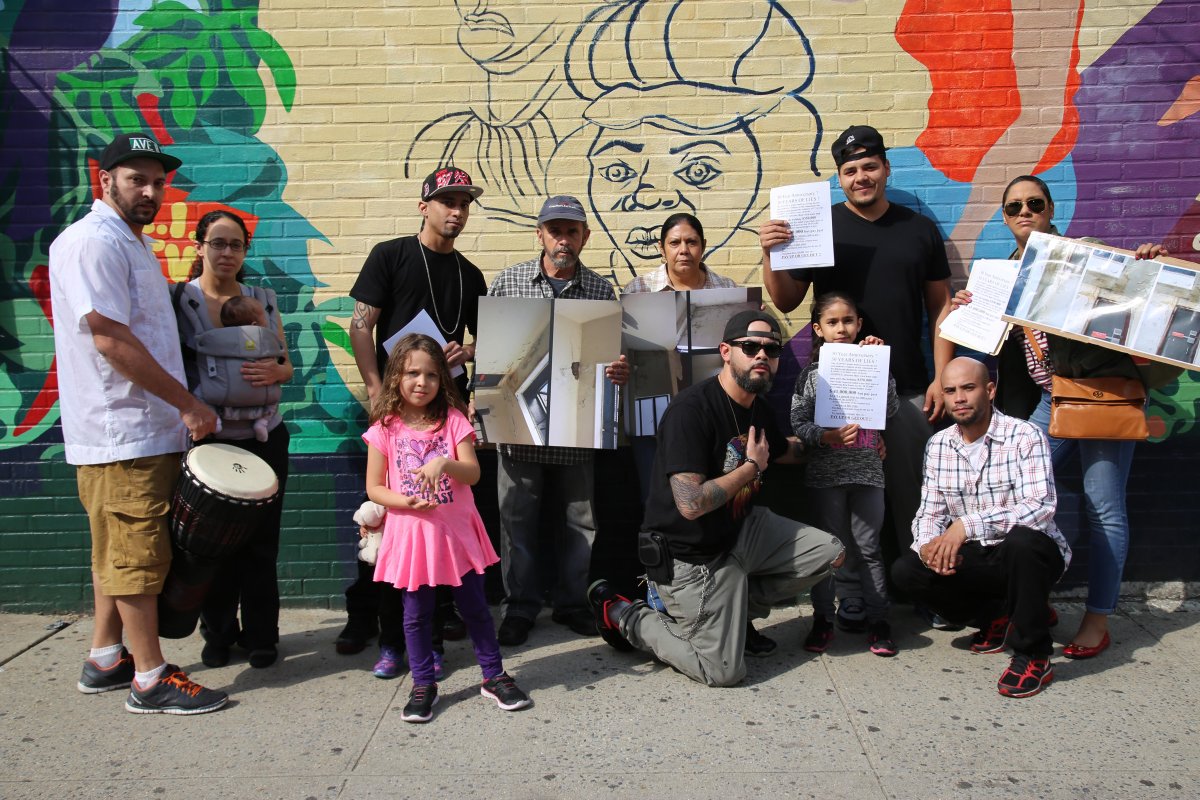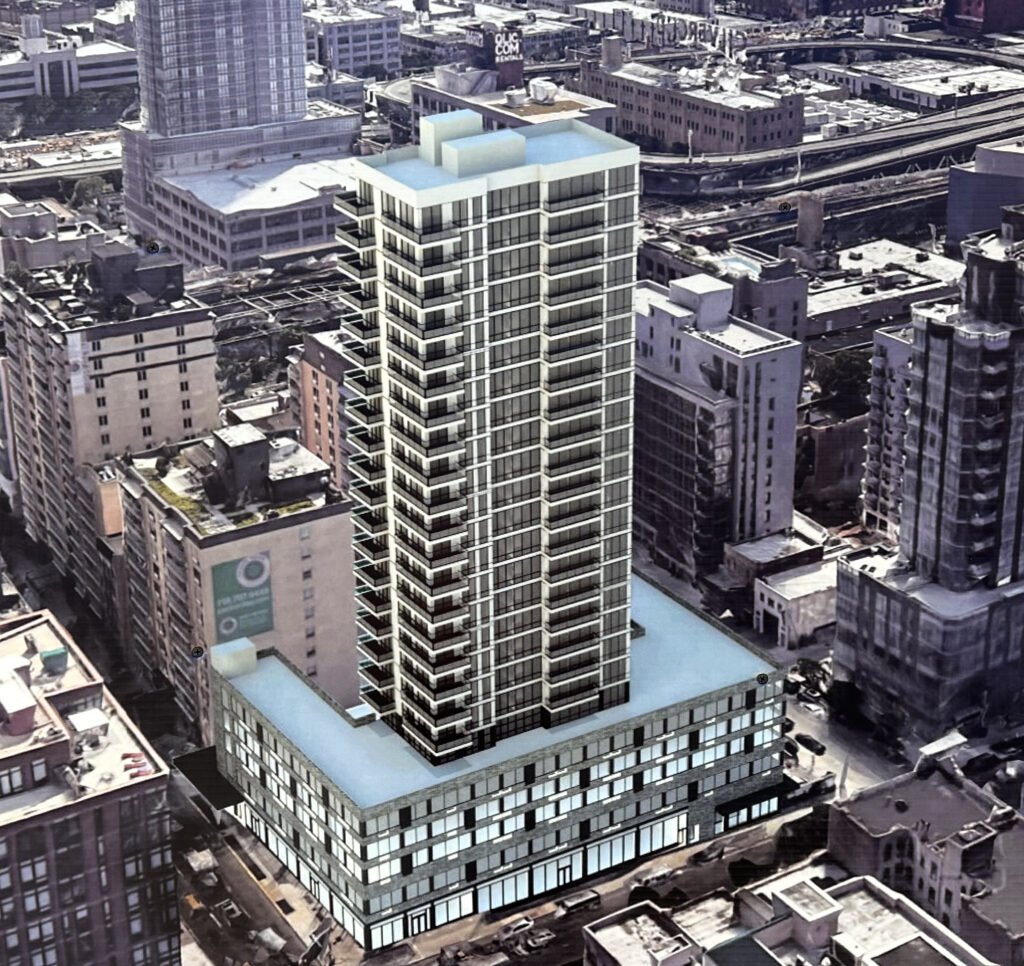BY LESLEY SUSSMAN | Community Board 3 this week put on hold its approval of a plan by the city’s Department of Housing Preservation and Development to take more control of an affordable housing co-op program in effect since the 1970s that could increase real estate taxes and other costs to owners of these units.
H.P.D. says its proposed changes to the program will maintain and preserve the long-term affordability of these co-ops, and that it is acting now because of longtime violations of standards that were established for the selling and renting of these units.
Also withholding her support for H.P.D.’s proposed new regulations for the Housing Development Fund Corporation, or H.D.F.C., affordable housing units was City Councilmember Rosie Mendez, who attended the Tuesday night meeting at P.S. 20, at 166 Essex St. Several of these buildings are located in her East Village district.

The bulk of these income-restricted co-ops came into being after thousands of derelict buildings were seized by the city in the late ’70’s. The city began fixing up the buildings and then allowed tenants to buy apartments for nominal amounts — some as low as $250 — and turn them into low-income co-ops. Most of the buildings were concentrated on the Lower East Side, in Upper Manhattan, Brooklyn and the South Bronx.
Both Mendez and the community board said there had been insufficient discussion about the plan with individuals affected by the proposed changes or with any community-based organizations, and that until this is done, the new proposed H.D.F.C. regulatory agreement will not get their support.
“What H.P.D. is trying to do is a good idea,” Mendez offered. “They’re trying to keep all these units affordable for years to come. But the way they’re going about doing it is awful. No one knew about it. We need a lot more notice and information. The community must be given input.”
Back in July, H.P.D. proposed changes to maintain and preserve the long-term affordability of these units and tighten their regulation. Among the changes the city agency wants to make is removing reduced real estate tax benefits and introducing an alternative tax-abatement plan, which, it says, would stem financial problems many of these buildings are experiencing.
Co-op owners opposed to the replacement of the DAMP (Division of Alternative Management) tax-abatement program, however, say that the majority of these buildings have been operating without financial or other problems for decades, and that the tax benefits derived from participating in this program were promised to them by the city to continue until 2029. They argue that the new tax program will not be affordable and may force some of the low-income co-op owners to move.
Co-op owners such as Eva Heinemann, who has lived at 534 E. 11th St. since 1980, told C.B. 3 board members, “I won’t be able to leave my apartment to my kid because I might have to move.”
She added that when she and others moved into the 21-unit building, it was abandoned because the original owner failed to pay taxes on it.
“We fixed it up and we were even able to put in an elevator by ourselves,” Heinemann said. “Now they want to remove our tax benefits and even make us pay for building monitors.”
Lisa Ramaci, another resident of that building, recounted its condition when she and her group first moved in.
“It was an abandoned tenement without running water, windows, heat, electricity, toilets, sinks, stoves and refrigerators,” she recalled.
“Today, our building has all new plumbing, a new roof, new windows and even a little garden,” Ramaci said. “We paid to have the building professionally rewired, but everything else we did for ourselves, and we paid our own way the entire time. Now H.P.D. is demanding complete oversight of and the final word on literally every aspect of our lives as they relate to our building.”
H.P.D., meanwhile, said it was proposing its changes because many H.D.F.C. co-op owners are violating regulations and standards originally set for this unique affordable housing co-op program, such as selling units at very high prices and making illegal sublets. The agency also said that some of these buildings could benefit from professional management and monitoring to ensure their ongoing viability.
Ramaci urged local residents to attend a protest meeting on Tues., Jan. 17, at 6:30 p.m. at Theater for the New City, at 155 First Ave.
In other local matters that were discussed at the final C.B. 3 board meeting for 2016, the board also approved the installation of a Jan Palach memorial in Peter Cooper Plaza as an example of The Cooper Union’s “efforts to benefit the local community through free public exhibitions of art and architecture.” Palach was a Czech dissident whose self-immolation in protest of the Soviet invasion of 1968 served as a galvanizing force against the communist government in Czechoslovakia.
Also at the full board meeting, a proposal was approved to support restrictions on amplified-sound permits in public parks within 50 feet of residential buildings during late evening or early morning hours on weekdays and weekends.
Another issue discussed was the city’s plan to lower the fences around the Tompkins Square Park playgrounds. The Parks Department plans to lower the fences surrounding the park’s two playgrounds from 7 feet to 4 feet, claiming the current height encourages negative behavior by obscuring lines of sight into the play area.
C.B. 3 and Councilmember Mendez have united in opposing the plan, arguing that the tall fences protect children using the playground from “vagrants” and drug paraphernalia, and that lowering them would leave children vulnerable to such threats.
C.B. 3 District Manager Susan Stetzer told the board members and the audience, “Everyone loves the present fence, but the city wants to remove it and spend money on something opposite to what the community wants.”

















